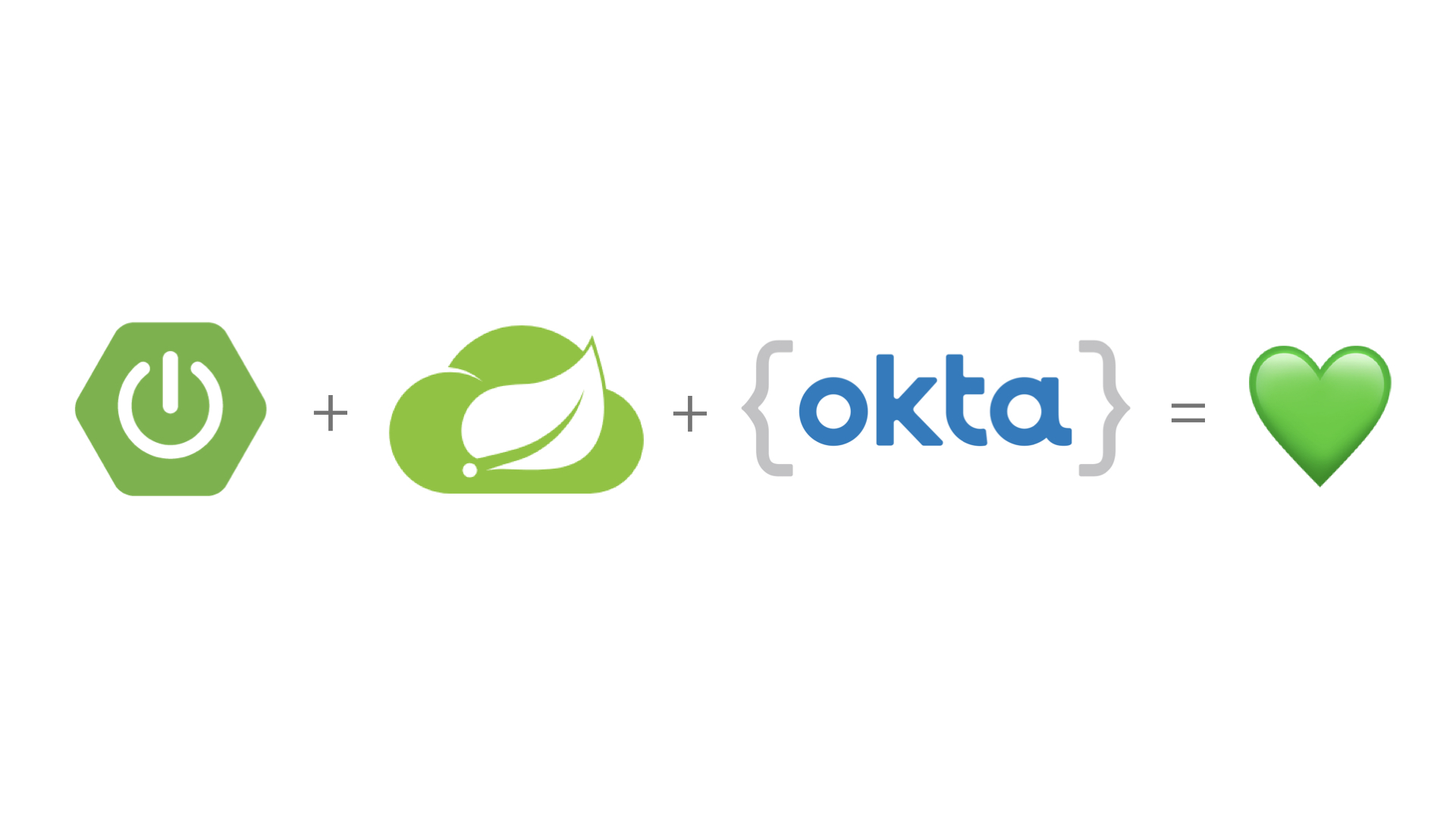Articles tagged client-credentials
Apply Authorization Code Flow With Kong Konnect and Okta

We’ll go through the authorization code flow applied to user authentication processes in our second Kong and Okta tutorial. This series will show you how to implement service authentication and authorization for Kong Konnect and Okta using the OpenID Connect (OIDC) plugin. Parts 1, 3, and 4 cover: Implement Client Credentials with Kong Konnect and Okta Implement Introspection Flow With Kong Konnect and Okta Access control based on Okta’s groups and planes Table of Contents...
Implement Client Credentials with Kong Konnect and Okta

Using Kong’s OpenID Connect (OIDC) plugin, Kong and Okta work together to solve three significant application development challenges: Connectivity Authentication Authorization The OIDC plugin enables Kong, as the API gateway, to communicate with Okta via the OAuth/OIDC flows. That way, your app teams don’t have to configure and diagnose authentication and authorization for each service individually. With these challenges solved, app teams have more time to build and innovate. Table of Contents Kong Konnect and...
Secure Service-to-Service Spring Microservices with HTTPS and OAuth 2.0

Building a microservices architecture is possible with minimal code if you use Spring Boot, Spring Cloud, and Spring Cloud Config. Package everything up in Docker containers and you can run everything using Docker Compose. If you’re communicating between services, you can ensure your services are somewhat secure by not exposing their ports in your docker-compose.yml file. But what happens if someone accidentally exposes the ports of your microservice apps? Will they still be secure or...
Simple Token Authentication for Java Apps

JSON Web Tokens have quickly become the standard for securing web applications, superseding older technologies like cookies and sessions. Used properly, they address a range of security concerns, including cross-site scripting attacks (XSS), man-in-the-middle attacks (MITM), and cross-site request forgery (CSRF). They also give us the benefit of inspectable metadata and strong cryptographic signatures. In this post, I’ll take a deep dive into JWTs. First, I’ll cover some theoretical ground explaining how they work. After...
Secure Server-to-Server Communication with Spring Boot and OAuth 2.0
Most OAuth 2.0 guides are focused around the context of a user, i.e., login to an application using Google, GitHub, Okta, etc., then do something on behalf of that user. While useful, these guides ignore server-to-server communication where there is no user and you only have one service connecting to another one. The OAuth 2 client credentials grant type is exclusively used for scenarios in which no user exists (CRON jobs, scheduled tasks, other data...